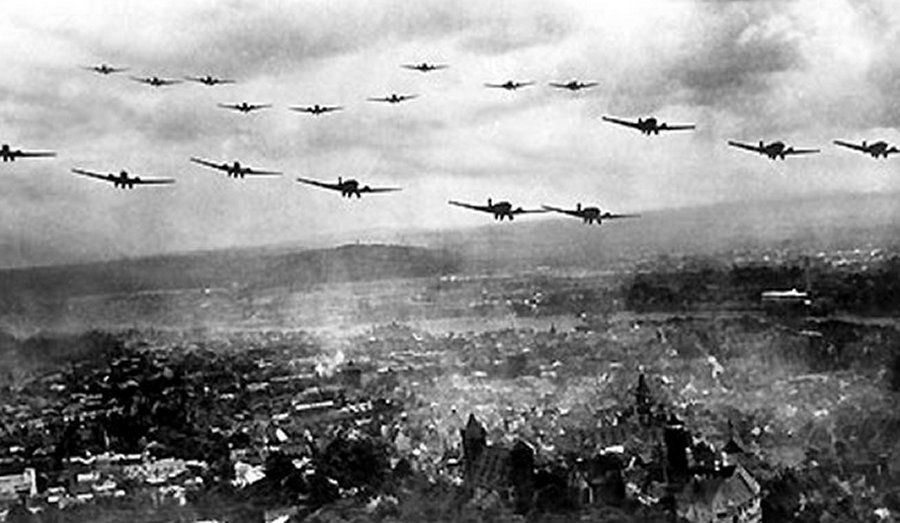

In other words, he foresaw the need to maintain the initiative. Schlieffen also stressed the need to keep the enemy reacting to German moves. This doctrine stressed speed of manoeuvre and attacking the enemy where he was weakest, and usually this meant attacking the flanks. Schlieffen set about creating a doctrine that would allow the outnumbered German army to outfight its opponents.

Always outnumbered by its enemies, it would have to match quantity with quality. Thus, in order to win, Schlieffen knew the German army would have to defeat its opponents quickly and decisively. And German strategists, most notably Alfred von Schlieffen, had concluded that Germany could not win a long, protracted war against such opposition. Schlieffen's doctrine formed the basis of 'blitzkrieg'īefore 1914-18, Germany had perceived itself as surrounded by enemies who were superior both in numbers and resources. Thus between 10 May and 21 June 1940, the Wehrmacht had accomplished what the army of Kaiser Wilhelm II had not managed to do in four years of desperate fighting in World War One. His well-trained and organised troops had also caused France's Allies, in the form of the British Expeditionary Force (BEF), to beat an ignominious retreat from continental Europe. It had taken only a few short weeks for the Wehrmacht (the German army), under his control, to crush the army of the French Third Republic. He was in a good position to dictate such terms. In one of history's great ironies, Hitler insisted that the armistice be signed in the very railway car in which Germany had been compelled to admit defeat at the end of World War One. In the course of the negotiations Pétain - victor of the battle of Verdun in World War One - agreed to cede three-fifths of French territory to German control.

On 21 June 1940, early in the second year of World War Two, the French president, Marshall Philippe Pétain, sued for peace with Adolf Hitler's Third Reich.


 0 kommentar(er)
0 kommentar(er)
